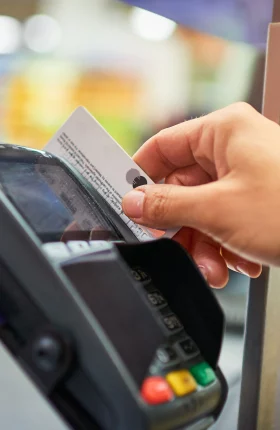Canadian-made goods are riding a wave of consumer pride. A BCG survey of over 3,000 consumers found that more than 80% prefer domestic products, and many are willing to pay a premium. The sentiment signals strong opportunity for brands and retailers – especially those able to align local identity with quality and price.
But our research shows that national pride has limits. In a time of economic pressure and rising price sensitivity, national symbols alone don’t close the sale. Canadians will buy domestic – but only when the price is right and the proof is clear.
Patriotism Drives Purchasing
Symbols of Canadian identity influence behaviour more than many companies realize. The Maple Leaf is particularly powerful. Two-thirds of consumers said they are more likely to buy products that display the Canadian flag. (See Exhibit 1.)

Domestic goods also command higher prices. More than a third of those surveyed would pay a premium of 10% or more for goods they believe are genuinely Canadian. (See Exhibit 2.)

Yet patriotism does not shield against economic pressures. Price sensitivity is rising across income groups, even among high earners, and 45% of Canadians say they feel less financially secure than a year ago.
Stay ahead with BCG insights on customer insights
Essential Items Carry More Weight
Domestic loyalty is strongest in categories where the source is tangible and the value clear. Nearly half of Canadians, for example, said they increased their share of grocery spending on Canadian-produced items in the past six months. (See Exhibit 3.)

Discretionary items such as home goods, apparel, and appliances also attract interest, but the pull is weaker, especially as household budgets tighten. Unless the “Made in Canada” label is paired with demonstrable quality, clear sourcing, or community benefit, consumers show less willingness to pay more.
Trust Requires Evidence
Patriotic symbols influence, but don’t guarantee trust. For some consumers, the Canadian flag signals full domestic manufacture. For others, only minimal domestic involvement. Only 9% of buyers fully trust that a flag on a product proves Canadian origin. Ambiguous labelling can leave buyers questioning what “Canadian-made” really means: the design, the labour, the sourcing, or simply a head office in Canada. (See Exhibit 4.)

Transparency matters. Businesses with visible domestic roots—private ownership, listing on a Canadian exchange, or a long history of selling domestically produced goods—are far more likely to be seen as genuinely Canadian.
Premiums Go to Companies That Prove Canadian Value
Retailers and brands have a clear opportunity to satisfy consumer demand for Canadian goods. Here’s what we recommend.
- Define Canadian clearly. Set transparent, consistent standards for what counts as Canadian-made, and apply them across packaging, signage, and digital channels.
- Prove origin with evidence. Use third-party certifications, QR codes, and detailed disclosures to substantiate claims and strengthen the impact of national symbols.
- Protect affordability in core categories. Keep Canadian-made products competitive in essential goods, especially groceries. Where premiums are applied, link them directly to verifiable quality or measurable community benefit.
- Tell authentic stories of impact. Highlight farmers, manufacturers, and communities that benefit from Canadian production. Stories grounded in real people and places resonate more deeply than marketing slogans.












